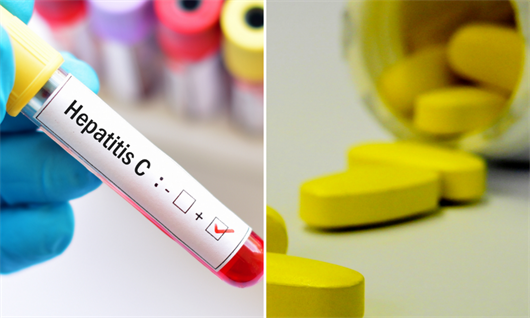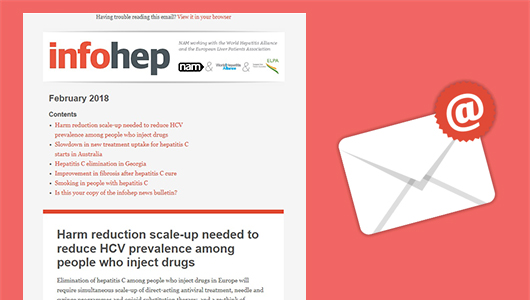
Jarun Ontakrai/Shutterstock.com - Bru-nO/Pixabay
Global targets for reducing deaths from viral hepatitis will not be met without massively accelerating universal access to testing and treatment, the World Health Organization (WHO) said yesterday in a review of progress towards elimination of hepatitis B and C.
The Global progress report on HIV, viral hepatitis and sexually transmitted infections, 2021 provides a snapshot of recent statistics on viral hepatitis testing and treatment, as well as recommendations for actions to accelerate progress towards elimination of viral hepatitis.
Around 1.4 million people died from viral hepatitis in 2016, 1.75 million people were newly infected with hepatitis C in 2015 and 1.1 million people were newly infected with hepatitis B in 2017, the most recent years for which WHO has collated data.
The report reveals that rates of viral hepatitis diagnosis remain low in all regions of the world. Less than 1% of people with hepatitis B in Africa and 2.3% of people with hepatitis B in the Western Pacific region have been diagnosed. Although hepatitis C diagnosis rates are higher in some regions – 36% in the Americas and 21% in the Western Pacific – WHO estimated that only 19% of people with hepatitis C knew their status at the end of 2017.
WHO estimates that $6 billion a year needs to be spent on viral hepatitis testing to achieve the elimination targets by 2030. Innovations in point-of-care testing are also needed to improve access to testing and to simplify linkage to care.






Connect with infohep on Facebook: Keep up to date with all the latest news and developments.
Follow infohep on Twitter for links to news stories and updates from infohep.org. Follow us at www.twitter.com/infohep.
Follow all the infohep news by subscribing to our RSS feeds.